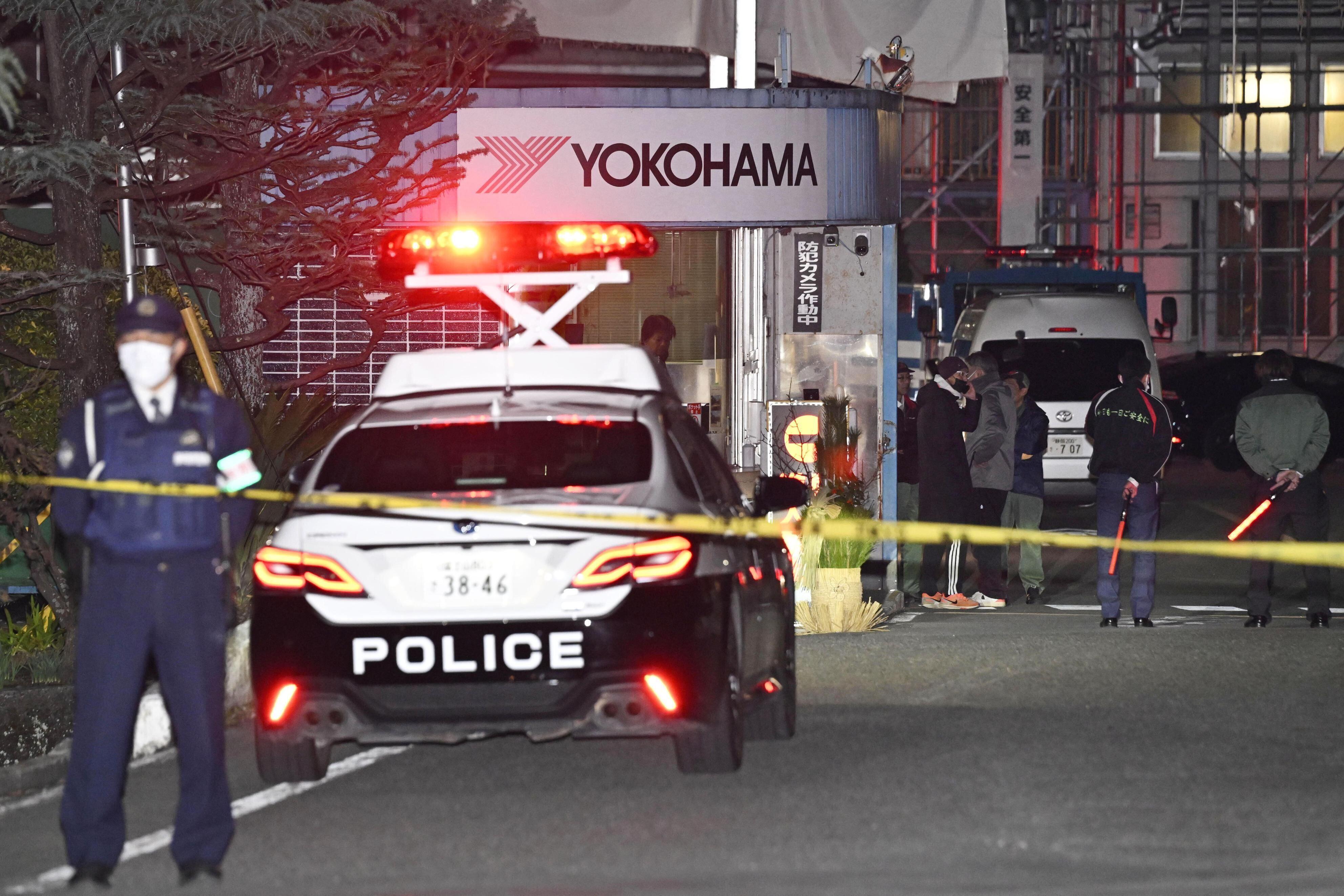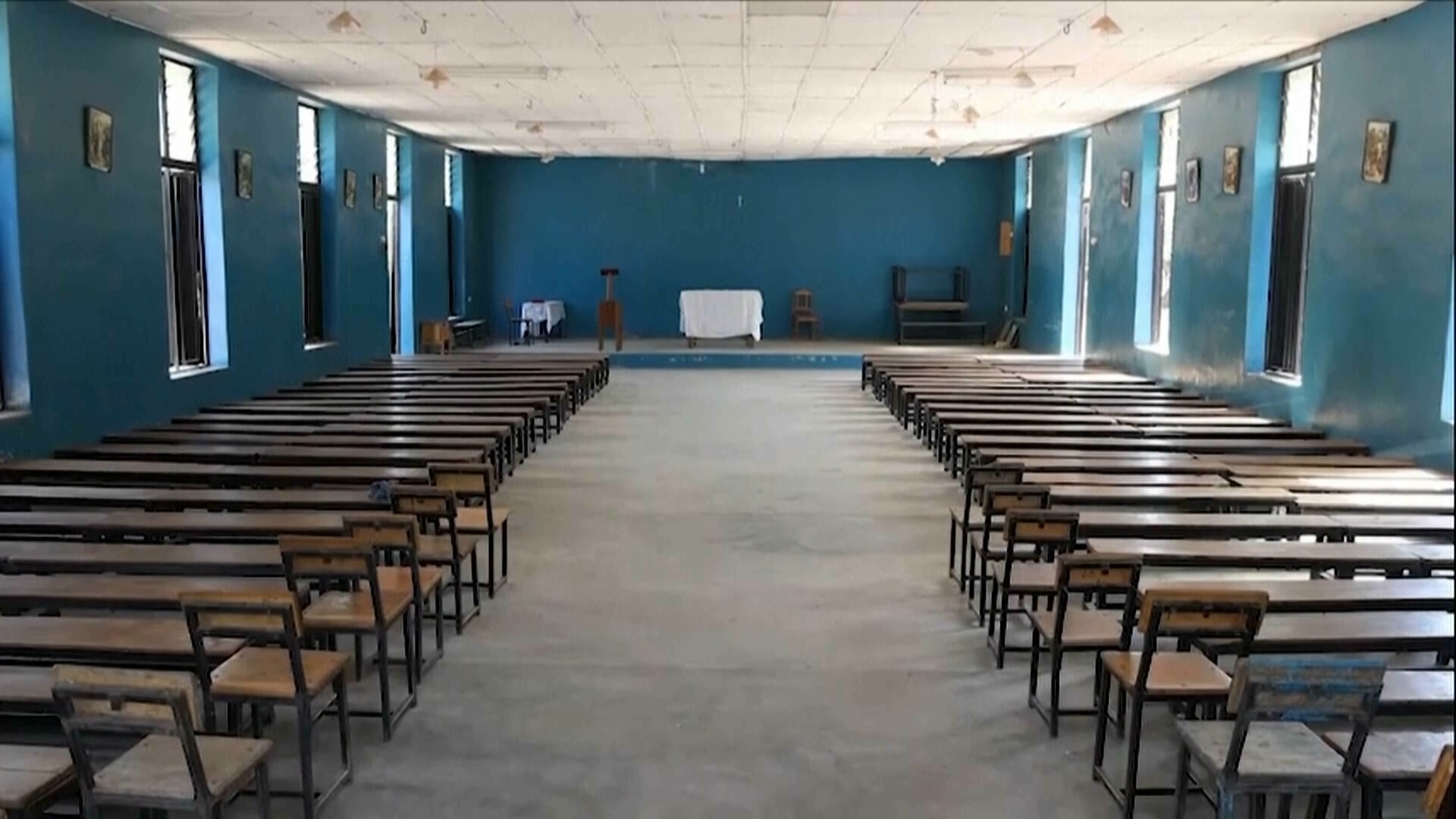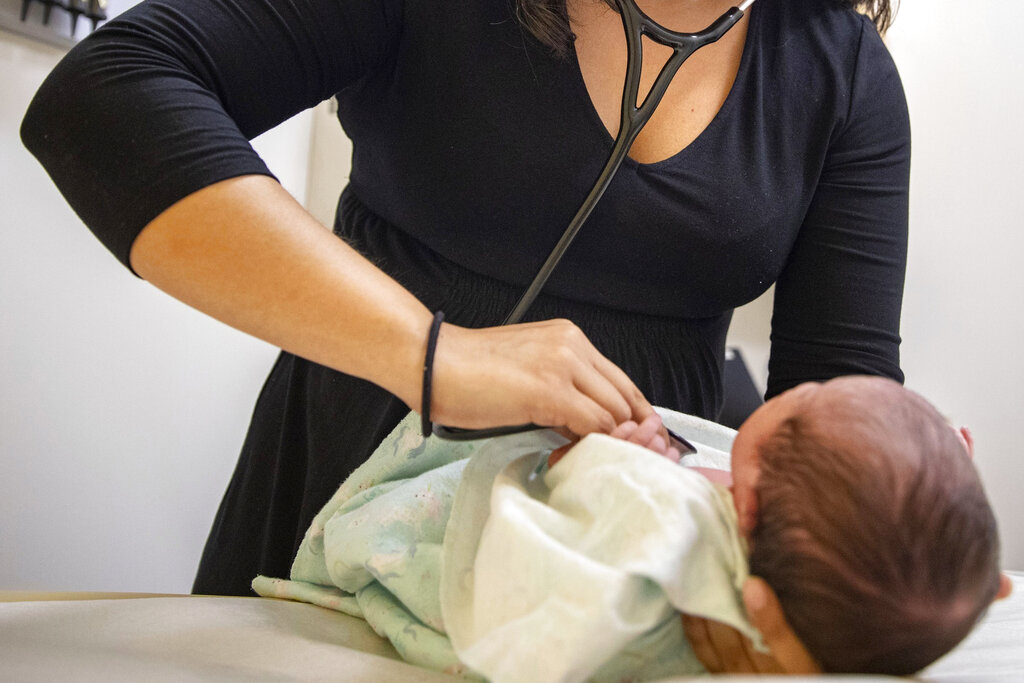An increasing number of children and teenagers with mental health issues are turning to the emergency room for help, prompting ER doctors to urgently request assistance to treat them.
Due to the lack of resources within both communities and hospitals, the emergency room has become a crucial lifeline for the younger population. However, staff shortages, limited space, and delays in accessing mental health professionals have left doctors ill-equipped to provide the care these patients need, according to a joint policy statement issued on Wednesday by the American Academy of Pediatrics, the American College of Emergency Physicians, and the Emergency Nurses Association.
Dr. Mohsen Saidinejad, the lead author of the policy statement, told NBC News that ,"The scope of this problem is really great. But our ability to solve it is not there." Which is why their goal of the statement is to "highlight strategies, resources, and recommendations for improving emergency care delivery for pediatric mental and behavioral health."
Saidinejad explains that while ER staff are equipped to handle emergency situations such as heart attacks, car accidents, gunshot wounds, and even overdoses, they don’t possess the skills or resources to manage long-term cases that come with mental health crises.
"We're adding to [understaffed and under-resourced ER rooms] a huge element of an increasing number of children — younger and younger, by the way, as young as five — who are coming in with mental health complaints," Saidinejad told NBC. "All we can do is provide screening and identify those who are at higher risk. At the end of the day, we need a mental health provider to do definitive care."

US deaths by suicide hit an all-time high last year
Experts caution that suicide is complicated, and that recent increases might be driven by higher rates of depression or limited mental health care.
The policy statement also recognizes disparities in care access due to insurance status, gender identity, language preference, availability of mental health specialists, geographic location of inpatient psychiatric units, and racial and ethnic backgrounds.
"Mental health emergencies are just that: Emergencies. Children and families deserve timely, affordable, and equitable access to care and treatment, just as they would if they present with a broken arm, a seizure, or a serious infection," said Dr. Saidinejad.
Mental Health America reported that 1 in 5 children in the U.S. have a mental, emotional, or behavioral disorder and are not getting the care they need, and that about 60% of children with depression do not receive any mental health treatment.
Furthermore, research by the National Library of Medicine shows that by 2024, the country will be short somewhere between roughly 14,280 and 31,091 psychiatrists.
Which is why the organizations recommend strategies to provide best practices to overcome some of the obstacles emergency rooms now have:
- Create an effective ER transfer strategy for patients, including psychiatric referrals.
- Create mobile crisis teams for mental health in schools, homes, and offices.
- Provide ER resources for youth with mental health risks, including LGBTQ+, abuse victims, autism spectrum disorder, trauma, and more.
- Establish systematic protocols for ER assessment, safety, and mental health care.
- Include pediatric mental health professionals on ER teams.
- Improve equity via enhanced ER screening, treatment, and referrals for mental health.
- Create school screening, aid staff in identifying mental health issues in bullied, abused, and traumatized youth.









